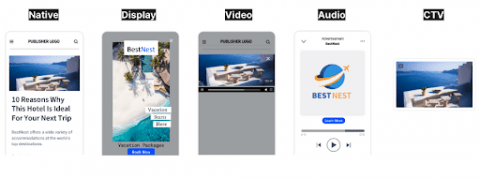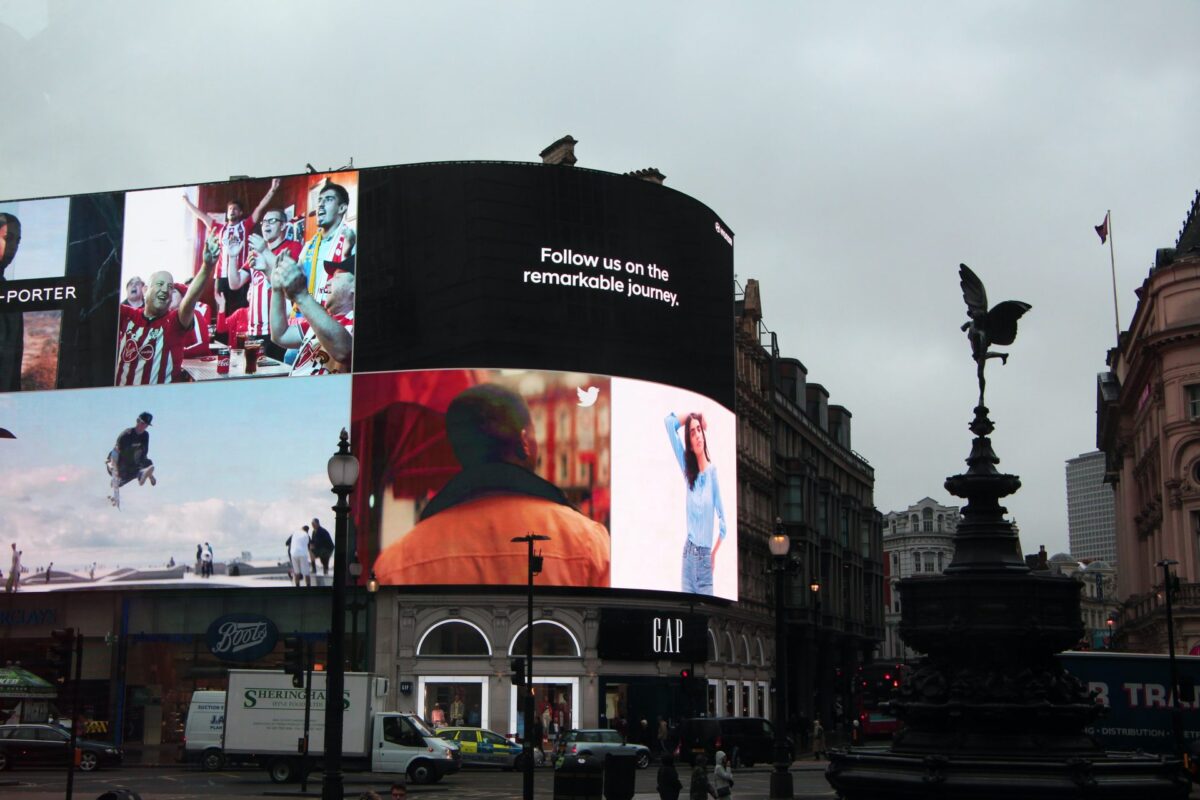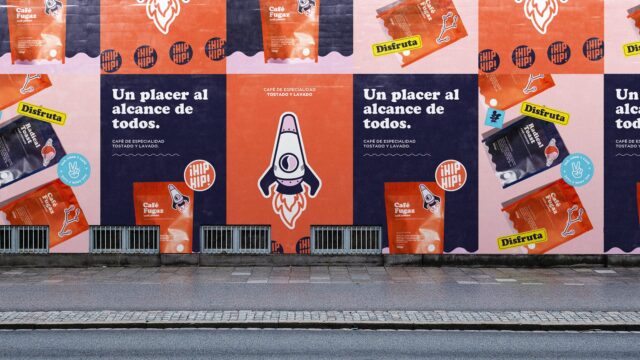Programmatic advertising is a tool that is bringing endless opportunities to advertisers through a mix of machine learning, creativity and an expansive range of ad formats.
In this blog, we’ll cover everything you need to know about programmatic advertising, what it’s best used for and how it’s utilised in both B2B and B2C marketing.
What is programmatic advertising?
Programmatic advertising refers to the use of algorithms to buy ads in real-time, rather than going through human negotiations. It’s a means of advertising where bidding is largely automated around set parameters, where you have input the creative, the targeting and the budget you want to work to.
It’s worth pointing out that programmatic advertising can appear in many different formats. These include:
- Display – these are, typically, display banner ads which can look however you want them to, whether it’s as a survey, as a shopping banner, an in-video banner, or to replicate your social media assets.
- Video – video advertising programmatically, meaning your video content can appear throughout the inventory, whether that’s in-display or an in-stream video.
- Native – a method in which the ad experience fits the form and function of the publisher’s content. They provide people with positive user experiences and don’t typically look like ads. For example, this could look like sponsored news articles on online publications.
- Audio – audio ads are served programmatically when you’re listening to music, podcasts, audiobooks and the like.
- Connected TV – can help you reach vast audiences that aren’t watching cable anymore, including Smart TV and Chromecast owners, with smarter measurement and more control over who sees your ads.
- Digital Out-Of-Home (OOH) – digital billboard-style ads you see in public spaces outdoors, like on the high street, in shopping centres or at train stations.
Here’s an example of how these look in practice:
What is programmatic advertising used for?
Programmatic advertising can be used for a variety of marketing goals and can fit anywhere throughout the funnel – whether you’re going for broad reach and brand awareness as an objective – all the way through to lower funnel content focused on driving revenue.
Programmatic ads can be seen in many different places; including across display placements both targeted and native, via video and music streaming apps like YouTube and SoundCloud, connected TV devices (like 4OD on a smart TV) – and even out in the real world on a digital banner, billboard or bus stop.
Programmatic ads offer a great opportunity to get your brand out in the world across a wide variety of placements that you cannot reach via Search and Social Media alone.
Targeting options available through programmatic advertising
There are a range of targeting options available that make programmatic advertising such a useful tactic for advertisers. Some of these include:
- 1st-party targeting
- 3rd-party targeting
- Contextual targeting
- Browsing audience
- Curated site list/PMP
- Look-a-like audiences
- Retargeting
- Georadius targeting
- B2B/ISP targeting
How much do you need to spend on programmatic advertising to see a return on investment?
There aren’t always minimum amounts of advertising spend for the various DSPs, but spending enough to be effective will completely depend on your business goals, campaign length and targeting. The amount you need to invest for a large-scale digital OOH campaign in central London at Christmas time will be very different to a display campaign aimed at a niche audience in a small location. As a rule of thumb we suggest £5,000 per month as a minimum spend to get enough data for a Programmatic campaign to be worthwhile.
How programmatic advertising differs in B2B and B2C marketing
The first thing to say here is that programmatic advertising is a relevant tactic for both B2B and B2C brands and comes with a lot of targeting options for both.
Within the display network, B2C advertising is focused on individual viewing and shopping habits, while B2B focuses more on business-related websites and relevant trade publications.
If you consider billboard advertising, with B2C you may be targeting the high street or locations that see a lot of footfall – places where consumers go and spend their time. For B2B, that strategy may focus on business districts – locations like Canary Wharf for digital billboards for example.
The behaviours are different but the rules are still the same. Programmatic advertising can garner results whatever your sector but you’re not going to see great results without the right amount of investment.
Whether you’re a retailer looking to drive revenue or if you’re B2B and aiming for lead gen, programmatic advertising should be a core part of your strategy. Want to hear more about how programmatic advertising can help achieve your marketing objectives? Get in touch.









